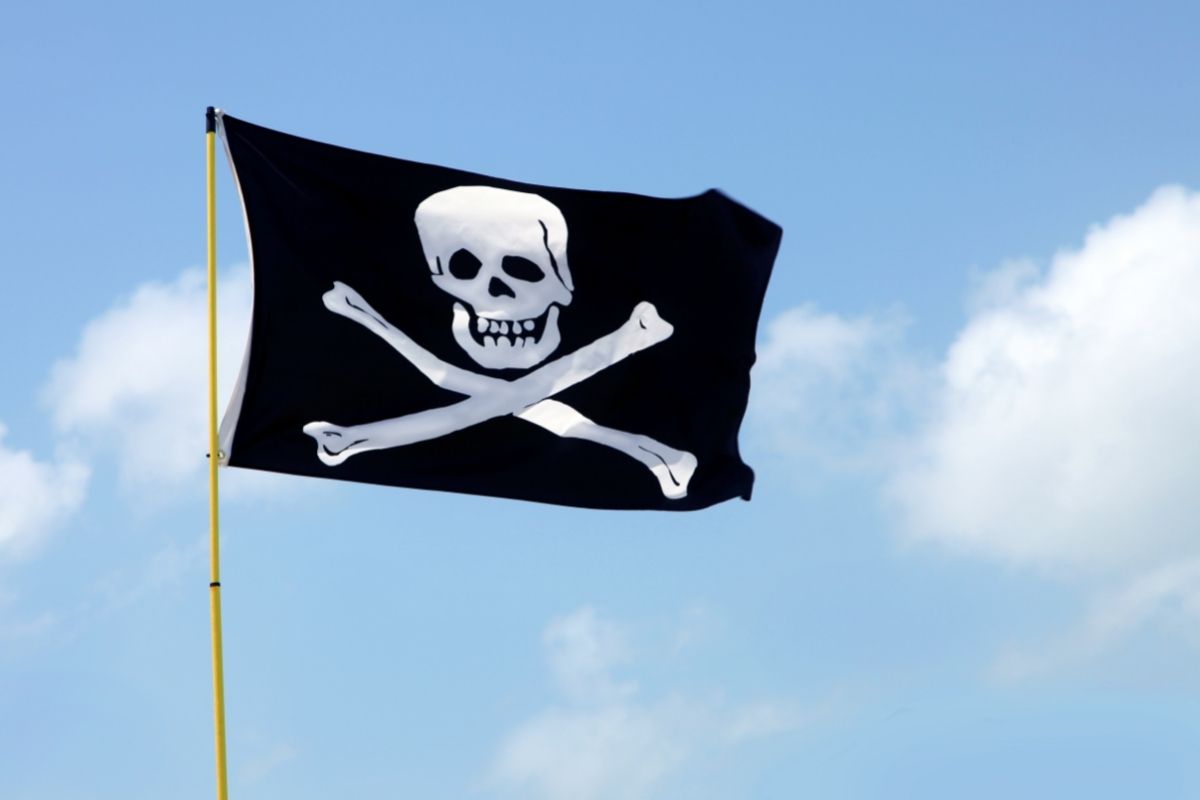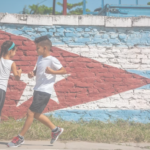Today, Havana (the capital city of Cuba) is known for many things, including its stunning historical architecture, beautiful coastal views, and thriving food culture.
However, there is a darker aspect of Havana’s history.

During the 16th century, Havana was raided by French pirates, resulting in major destruction to the city as well as drastic changes to its fortifications.
The following guide is a brief history of pirates and piracy in Havana during the mid-1500s.
We will also be providing an introduction to Havana before the city was raided as well as an overview of how the city fared in the centuries following the raids.
Havana Before The Pirates (1515 – 1527)
Havana had a rich and interesting cultural history before pirates landed on the city’s shores.
The city of Havana was founded in 1519.
This closely followed the founding of the port San Cristóbal de la Habana by Diego Velázquez de Cuéllar (a Spanish conquistador) in 1515.
The location for the port was reconsidered due to the poor climate, and the current location of Havana (known at the time as Puerto Carenas) was chosen instead.
Havana’s location made it extremely popular with both settlers and traders.
It was located between European trade routes and Mexico, on the Gulf Stream, making it easy for trade ships to dock.
In fact, Havana became so central to the island of Cuba that in 1553, the Governor’s residence was transferred from the Eastern side of the country (Santiago de Cuba) to Havana.
It was at this point that Havana officially became the capital of Cuba.
Unfortunately, Havana’s prime location also attracted the attention of some unwelcome visitors.
Piracy In Havana (1527 – 1560)

The history of piracy in Havana began in the summer of 1527. It was a bright Summer morning, seemingly like any other.
However, unbeknownst to the city’s general population, the movements of Spanish trade ships in and out of Havana had been noticed by some of Spain’s most dangerous enemies.
The French and the Spanish had been vying for supremacy in Europe over the course of the 16th century.
When French pirates maneuvered two ships into the port of Havana on this day, the citizens tried to resist, but were swiftly overpowered.
The captain demanded payment of 700 ducats, threatening to burn down the city if the payment was not made.
The people had no choice, and the pirates departed with their plunder.
Soon after the pirates had departed, several Spanish trade ships entered the port to offload some goods and collect supplies.
The citizens of Havana implored the Spanish ships to give chase, which they did – unsuccessfully.
The French pirates defeated their pursuers and, upon finding out that they had left their wares in Havana, returned to the port, this time with an even larger fleet.
For two weeks, the pirates attacked and pillaged the city, leaving destruction in their wake.
Sadly, this was not the only instance of piracy suffered by the people of Havana during the 16th century – nor was it the worst.
Following the harrowing events of 1527, it became clear that Havana was not sufficiently defended.
As a result, Cuban authorities ordered a fort to be built at the harbor with the aim of protecting the city.
However, on July 10th, 1555, notorious French privateer Jacques de Sores descended on Havana with a four-ship fleet.
Although the fleet was not a large one, it swiftly overpowered the harbor’s defenses.
It is thought that de Sores had expected greater riches from Havana, having already conducted raids at Santiago de Cuba.
When he realized that Havana did not have as much wealth to offer as he had hoped, de Sores decided to occupy the city.
Despite a bravely attempted counter-attack by the locals, de Sores and his fleet remained in Havana for over a month, looting everything the city had.
When it was determined that there was nothing left to take, de Sores embarked on a campaign of violent destruction.
It is estimated that almost a third of Havana’s citizens were murdered, and the entire city was burnt to the ground.
Even after de Sores and his fleet departed, Havana’s troubles with pirates were not over.
The city continued to be threatened by raids conducted by both English and French pirates until the 1560s, at which point, King Philip II put several measures in place to protect Havana.
After The Raids (1560 – 1762)
Following the destruction of Havana by pirates, King Philip II of Spain decreed that all Spanish ships would, henceforth, sail as one fleet, which was called the flota.
The flota would be protected by armed galleons and would assemble in Havana between the months of May and August each year before setting sail for Seville.
A new fortress was also built to protect Havana’s harbor from further attacks. This fortress was called the Castillo de la Real Fuerza.
It took many years to complete, but once it was finished in 1577, it became clear that its construction had been a wise decision.
Infamous English pirate Sir Francis Drake attempted to enter the harbor in 1586 but was forced to turn back.
After this attempted attack, two additional fortresses were added alongside Castillo de la Real Fuerza.
These fortresses were named Castillo de los Tres Reyes del Morro and Castillo de San Salvador de la Punta.
Although these fortresses took four decades to complete, and although pirates continued to attack ships off the coast of Cuba, the fortified defenses kept Havana safe from invaders until the Siege of Havana by the British in 1762, during the Seven Years’ War.
Conclusion
Havana’s history of pirate attacks began soon after the city was founded in 1519.
Due to the port’s convenient position and ease of access, pirates began to target the harbor in 1527, ultimately resulting in the destruction of the town in 1555 by Jacques de Sores and his fleet.
It was after this event and several other attacks that the Spanish Crown took steps to protect Havana, including the formation of a stronger fleet and the building of three new fortresses.
These measures were effective and brought an end to the series of pirate raids on Havana between 1527 and 1560.
If you enjoyed this article, you might enjoy our post on ‘What Is Life Like In Havana?‘.
- What Is The Largest Island In Cuba? - September 19, 2022
- Havana – Why Is It Cuba’s Most Exciting City? - September 19, 2022
- Cheapest Time To Visit Cuba (Ultimate Guide) - September 19, 2022








